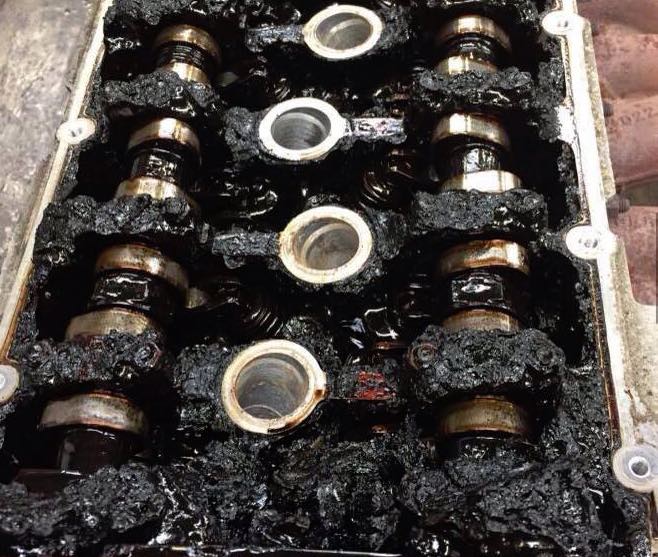Baltimore, Maryland. It works wonders. https://africarx.co.za/buy-kamagra-jelly-south-africa.html
My fifth installment of old-school mechanic tricks that actually work. Check out my other old school mechanics tricks starting from the first one here.
The cool thing about this mechanic trick is that you really do not need any special tools to do this.
Yeah, you may get shocked if you don’t use rubber handled pliers to remove the spark plug wires, but it won’t hurt you too badly. Pliers-like these are perfect for automotive work, and won’t let you get shocked by the wires– if you make sure to hold them on the actual rubber handle.
That being said, proceed with caution, on some vehicles, I guess you can actually shock yourself with enough voltage and wattage to hurt yourself. Although I have never experienced anything more than a little shock or jolt from messing with spark plugs while the car is running.

This old-school mechanic trick is useful whenever you are trying to identify what cylinder is misfiring and what is causing it to misfire. Sure, the modern way is to hook up your scan tool or use your oscilloscope to find out what cylinder is misfiring, but what happens if you’re far from your garage or shop and need to figure out what is wrong. This test is more commonly referred to as the “power balance” test and is definitely old school. To perform this test, simply remove each spark plug wire from the coil, or unplug each coil on plug, and listen for a drop in the engine (or for it to run even rougher). The second you unplug a spark plug wire or the coil, and no drop in engine performance happens– you know you have found your problem cylinder.
This old-school mechanic trick is still used by mechanics who have fancy computers and scan tools on older cars that maybe don’t have OBD2 ports. It also works if you suspect one cylinder may not be producing as much juice as the others and you want to identify which cylinder isn’t doing the same amount of work. Simply, unplug each cylinder thereby causing it to drop off, and check which cylinder does not cause a similar drop in engine revolutions or performance. That cylinder may have a weak spark, bad injector, bad spark plug or countless other issues. But at least now you know what cylinder is your problem.
Steps to figuring out what cylinder is misfiring for an old-school mechanic (Power Balance Test):
- Start the car
- Start making each cylinder ineffective one at a time, either by unplugging the coil on plug or by removing each spark plug wire from the end of the distributor or the plug one at a time.
- Listen for the engine to run rough after removing the cylinder.
- When you find the cylinder that when you effectively stop it from working and nothing changes, then you know you have the dead cylinder.
- Now focus your diagnose on the dead cylinder or weak cylinder– some things to try:
- Is it getting spark at the cylinder? Use an inline spark tester
to test.
- Is the spark plug working? Try a new plug when in doubt. Gapped correctly? OEM?
- If the car has coil on plugs (COP) ignition system swap the suspected bad coil with a nearby easy to access cylinder. Reperform steps 1-4, did the dead cylinder now move? You can now assume the coil is likely bad. Replace coil and perform steps 1-4 again.
- Perform a compression test on the dead cylinder after checking everything above. Does it have low compression? No need to pursue more, the low compression will be causing the misfire/poor performance.
- Is it getting spark at the cylinder? Use an inline spark tester
Conclusions:
You do not need special tools or fancy diagnostic equipment to quickly figure out what cylinder is causing your misfire or poor running. Simply perform a power balance test, which is an old school mechanic trick, and you will be quick to diagnose misfires.
Quick note, this test may cause your check engine light to come on. Just remove the negative battery terminal on your battery after doing the test. Reconnect it and it will clear the code.
If you liked reading this old-school mechanic trick, I am sure you will love these top ten cool automotive tools here. I spent a ton of time researching what mechanics thought were the coolest tools out there, so check out my list.
I also wrote an article about the top tool inventions that exist in 2019– read it here. Some pretty sweet tools that have made car repair much easier for the DIYer or working from their garage person.
If you’re just getting started with an automotive repair check out my post with an entirely complete list of automotive tools with photos and descriptions here. I don’t think you’ll find a better list anywhere.






